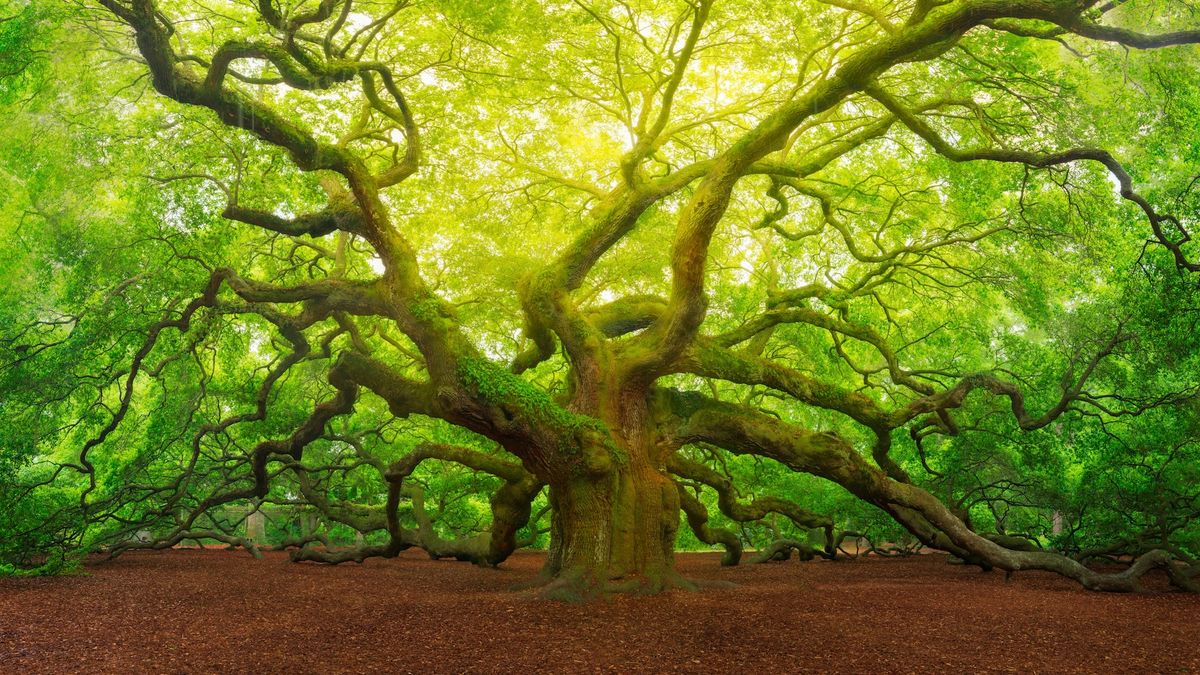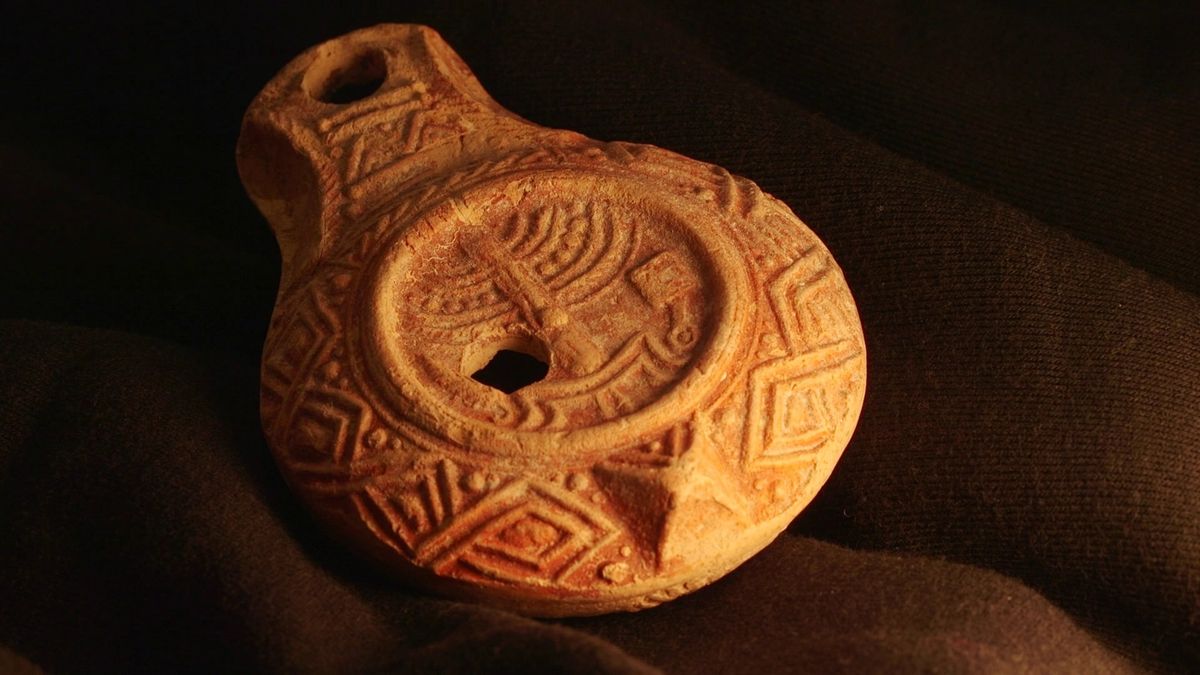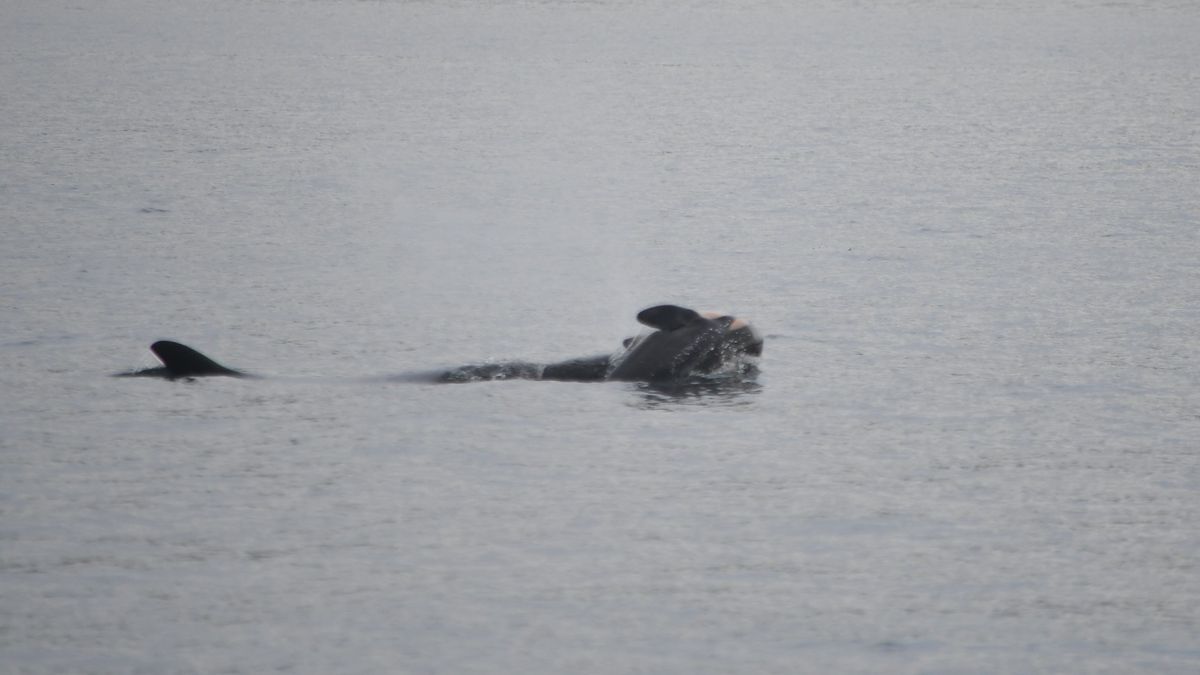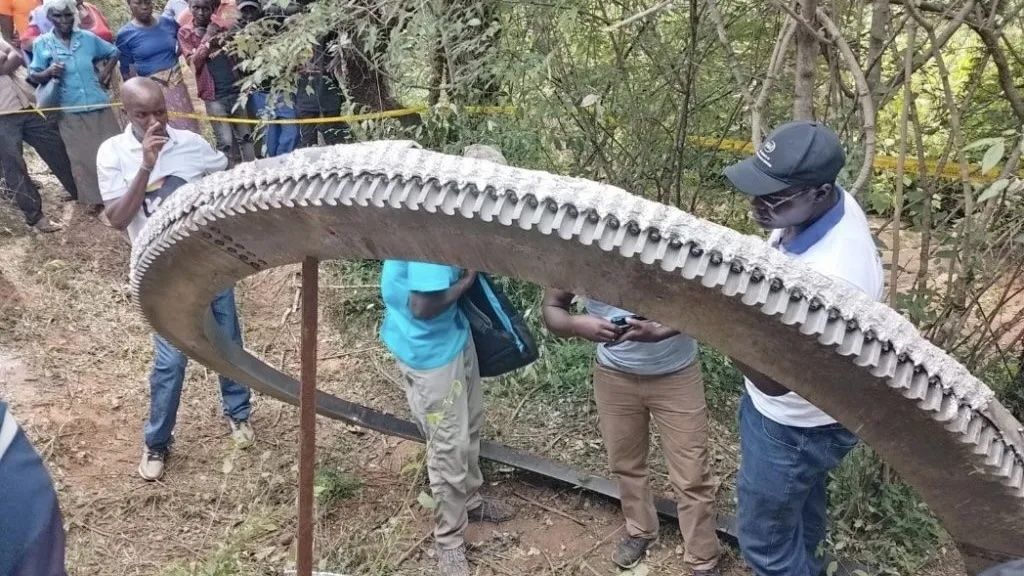In this excerpt from “Oak Origins: From Acorns to Species and the Tree of Life” (University of Chicago Press, 2024), author Andrew L. Hipp explores the extreme conditions on Earth that gave rise to the oak tree (Quercus), with wild fluctuations in the climate and shifting tectonic plates.
If we could head back in time 56 million years and spend a few weeks botanizing in the temperate forests of the Northern Hemisphere, at the boundary between the Paleocene and the Eocene, we would be hard-pressed to find any oaks. We would find alligators and giant tortoises on Ellesmere Island, across from the northwest coast of Greenland. We would roam through flowering-plant-dominated forests whose diversity approached the plant diversity we might find in the modern forests of the southeastern United States. We would encounter a diversity of Fagales, lineages spreading across the Northern Hemisphere that would eventually give rise to walnuts, birches, sweet gales, beeches, chestnuts, chinkapins, and oaks.
The oaks themselves, however, were so few in number at that point that they left scant if any pollen in the mud and no acorns or leaves to be recovered by 21st-century botanists. The world was about to enter a heatwave, the Paleocene-Eocene Thermal Maximum (PETM).
Over the course of 8,000 to 10,000 years, atmospheric temperatures would spike, increasing by an average of 8 degrees C [14.4 degrees Fahrenheit] worldwide and reaching even higher levels in the Arctic. The PETM may have been triggered by a massive and protracted period of volcanic activity. Magma gurgling up through a fissure at the bottom of the North Atlantic drove a wedge between North America and Europe and poured a trillion kilograms [2.2 trillion pounds] of carbon into the atmosphere every year for several thousand years.
Rising temperatures melted corpses out of the Antarctic permafrost, and the rotting sedges, sphagnum mosses, fungi and lichens, mollusks and marsupials returned greenhouse gases — carbon dioxide and methane — to the atmosphere.
Temperatures then crashed back to their original levels within about 120,000-220,000 years. That’s barely enough for a double take in geological terms: When you look at a temperature plot for the past 100 million years, the PETM looks like a fencepost driven into the hillside 56 million years ago. It goes straight up and almost straight back down.
The effects were dramatic. The PETM drove 30%-50% of deep-ocean-bottom foraminifera — single-celled organisms that populate the seas, eating plankton and detritus, feeding small fish and marine snails — extinct. Mammals, lizards, and turtles migrated widely across the continents in response to the changing climates, traveling between northern land bridges that would become too cold for regular travel by most of these species in the late Eocene.
In northern South America, tropical forests were flooded with new flowering plants: palms, grasses, and the Bean Family (Fabaceae) all increased in diversity in the Eocene, and the Spurge Family — Euphorbiaceae, a global family that numbers about 6,500 species today — showed up in northern South America for the first time during the PETM.
The first oak fossils
Insect herbivores, particularly leaf miners and surface feeders, increased in abundance and became more specialized. Plants raced across the landscape: in Bighorn Basin, Wyoming, at least 22 species were extirpated at the onset of the PETM, only to return after the event was over. Some of these sojourners migrated an estimated 1,000 kilometers [600 miles].
The first fossil oaks we know of appear in this uncertain world, along what is now a hiking trail running south of the Church of Saint Pankraz in Oberndorf, Austria. Fifty-six million years ago, this area of Europe was dissected into islands and peninsulas, which were warmed by the ocean.
What is now Saint Pankraz lay beneath shallow water at the edge of the sea. It became a repository for pollen from adjacent forests, deposited alongside oceanic plankton and dinoflagellates. The forest growing in the area was a mosaic of subtropical and temperate species, including members of the Restionaceae, a grass-like family that today is limited to the Southern Hemisphere tropics; Eotrigonobalanus, an extinct genus of the Beech Family that formerly ranged across eastern North America and Europe; and relatives of today’s Cashew Family, Mallow Family, and the pantropical Sapotaceae.
The world was entering the last days of the nearly global tropics. For 4 million years after temperatures retreated from the PETM, the climate continued to warm. By 52 million years ago, the world hit the highest temperatures since the demise of the dinosaurs. This period of warmth is called the Early Eocene Climatic Optimum.
If the PETM is like a fencepost driven into the temperature hillside, the Early Eocene Climatic Optimum is like the crest of the hill. Forests of tropical species growing alongside genera of the temperate forest — maples, elms, walnuts, birches, cherries, and eventually oaks — spread across the high Arctic. The long winter nights favored species that could go dormant for months at a time. Deciduous forests spread across upland sites that are now permafrost and boreal forest.
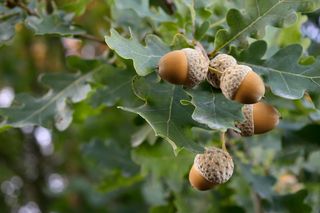
The climate was perched at the top of a long slide down to the Anthropocene, where we find ourselves today. Oaks were pioneers in what would become the largely temperate Northern Hemisphere.
The oaks were not born at a particular moment or in a particular place. Instead, somewhere during or before the PETM, a population of woody plants gradually became the oaks. Each seedling in this lineage looked like the trees that produced it. Had we been there to witness the evolution of that ancestral population, we could at no point have said, “There were no oaks yesterday, but today there are.”
Related: Where did the 1st seeds come from?
We ended up with oaks by the steady work of natural selection acting on variable tree populations over long periods of time. This lineage of individuals and populations slowly becoming the oaks is called the stem of the oak clade. It is represented on the Tree of Life by a single line.
The population of trees that deposited the St. Pankraz pollen may represent a sprig sprouting from that stem or one that sprouted very near the crown of the oaks. In either case, the St. Pankraz pollen is, for now, our best bet about how old the oaks are. Oaks probably go back at least a little longer than these fossils, older than the PETM: fossils are hard to find, so it’s reasonable to suspect that we may have missed some older ones. But these fossils provide us a landmark by which to date the oak tree of life.
The first speciation event we know of in oaks likely occurred within 8 million years of the St. Pankraz oak fossil. It split the oaks into two lineages: one that is today limited to Eurasia and North Africa, and one that evolved in the Americas and only later returned to Eurasia. Sister clades — which are born as sister species — can arise in separated geographic regions when their ancestral population becomes physically subdivided. A mountain range, a river, a desert, an expanse of ocean, or any other barrier between the two portions of the population keeps seeds and pollen from moving between the two new populations. Speciation and the birth of new clades often result.
The spreading Atlantic Ocean is a plausible explanation for this first oak speciation event. Magma spilling into the North Atlantic off the coast of Ireland at the beginning of the PETM added crust to the east edge of the North American (tectonic) Plate and the west edge of the Eurasian Plate. It continues to do so today, steering the continents apart at a rate of about an inch a year.
As the Atlantic grew wider, the ancestral population of all of today’s oaks may have been straddling the continents of the Northern Hemisphere. If so, the ancestor of the oaks we know today was a widespread population that was cleaved in half as North America inched westward.
Reprinted with permission from Oak Origins: From Acorns to Species and the Tree of Life by Andrew L. Hipp, published by The University of Chicago Press. © 2024 by Andrew L. Hipp. All rights reserved.





